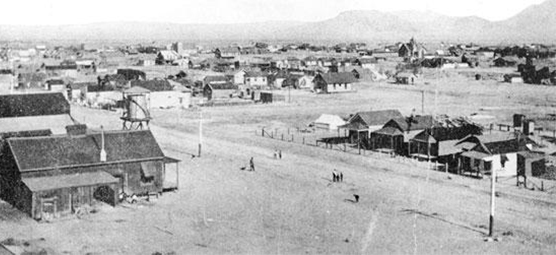January 20: Block 17 – The Roots of Black Las Vegas

The first African-American community in Las Vegas was located in what was known as Block 17. The small black community has been essential to Las Vegas’ growth ever since the town’s founding in 1905. The racial climate of early Las Vegas was relaxed, and black residents lived largely unrestricted lives. Two waves of black migration during the 1930s and 1940s, however, triggered a racist response from city officials and business leaders. They clamped down on the ability of African-Americans to find employment and housing and patronize white-owned establishments. The introduction of segregation in Las Vegas was one factor that led the Block 17 community to move to West Las Vegas by the 1950s.
Hear about this vibrant and important community.
- Why Block 17 became the home of the town’s African-American community and why the community left Block 17 for West Las Vegas.
- What was African-American labor and social life like in Las Vegas from 1905-1960.
- How the Great Depression, Hoover Dam and WWII-era African-American migration affected Las Vegas.
- What were the roles played by Las Vegas resorts and the Mob in the battle over segregation.
- What was the Moulin Rouge Agreement of 1960.
Speaker Alan Mattay is currently pursuing his master of arts degree in history at UNLV. His research examines the lives and labor of African-American children and families during the 19th and 20th centuries, including a study of the African-American community of early Las Vegas. He served as digital curator of the joint Mob Museum and UNLV Public History’s Ready to Roar exhibit of Prohibition-era clothing and consumer products which was on display at the Museum in 2016-17.





